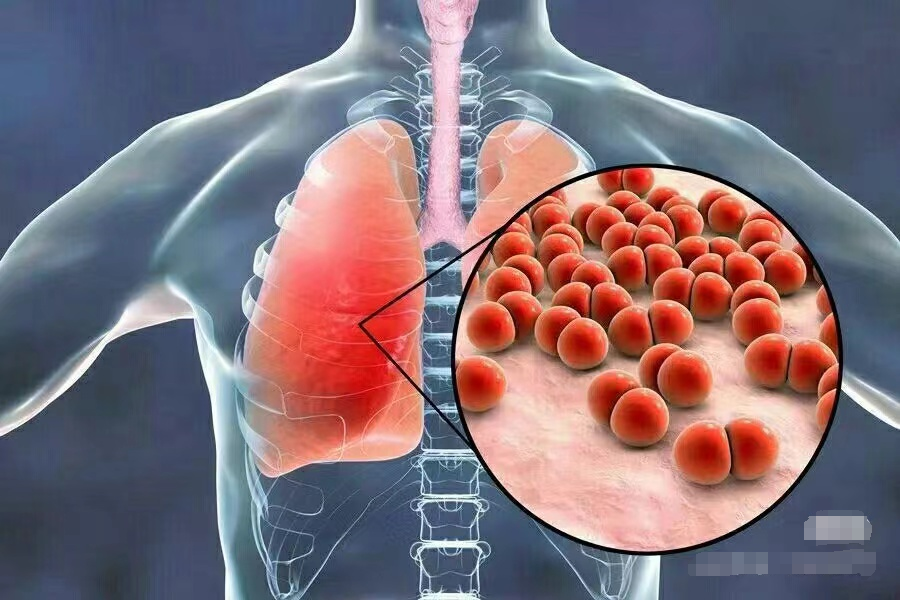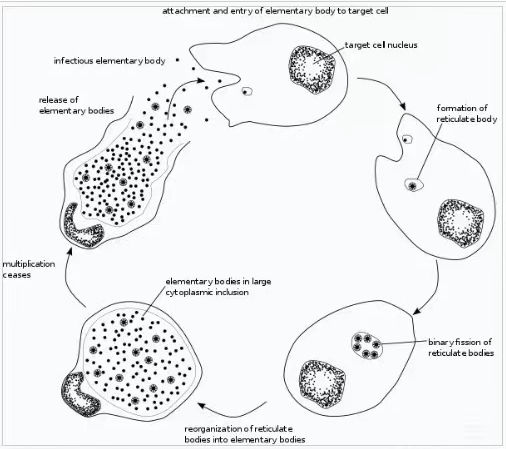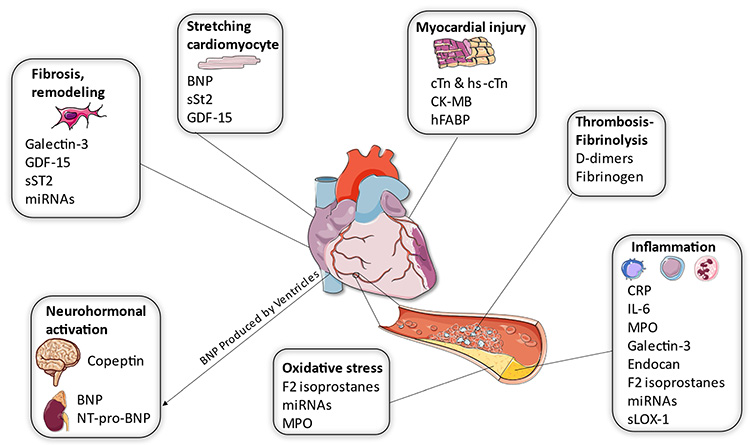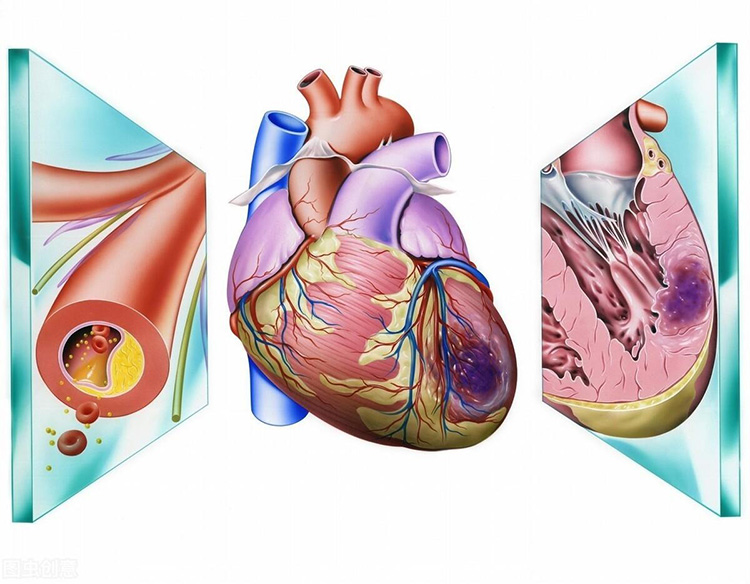Clinical significance of detection of antibodies against Mycoplasma pneumoniae, Mycoplasma hominis, Ureaplasma urealyticum, and Mycoplasma genitalium
Mycoplasma is a type of cell wall-less, highly polymorphic, smallest prokaryotic cell-type microorganism that can pass through commonly used sterilizing filters and grow and reproduce in inanimate culture media.
Most mycoplasmas are non-pathogenic to humans, and only a few are pathogenic to humans. Mycoplasmas generally do not invade human cells, but can adhere to cells through their apical structures and receptors on the host cell membrane, obtain lipids and cholesterol from cells as nutrients, and produce toxic metabolites, causing tissue and cell damage. Inducing pathological immune responses is considered to be an important mechanism of mycoplasma pathogenicity. The immune response mechanism of mycoplasma infection is relatively complex, and its antigenic components mainly include protein antigens and glycolipid antigens in the cell membrane. The former mainly causes humoral immunity, and the latter mainly induces cellular immunity. The protective effect of humoral immunity after mycoplasma infection is not strong and not long-lasting.

I.Mycoplasma pneumoniae antibody
1. Test method: qualitative agglutination method, Mycoplasma pneumoniae (MP) antibody quantitative detection recommends the most widely used PA method in China, subtype antibody determination includes immunocolloidal gold technology, ELISA, indirect immunofluorescence test and chemiluminescence method, which can be used as a supplementary detection method.
2. Reference interval: negative (qualitative).
3. Clinical application: used for auxiliary diagnosis of patients infected with Mycoplasma pneumoniae pneumonia and evaluation of the course of disease.
4. Clinical significance 4.1.MP is one of the main pathogens causing human respiratory tract infections. Most clinical manifestations are upper respiratory tract infection syndrome, and 20% of patients will develop pneumonia, accounting for 1/3 of non-bacterial pneumonia.4.2. IgM antibodies can be detected on the 7th day after MP infection and symptoms appear, and the IgM antibody concentration can reach a peak after 10 to 30 days. After 12 to 26 weeks, the IgM antibody titer gradually decreases until it is undetectable. High concentrations of IgM antibodies often appear in young people. On the contrary, older people often have low or undetectable IgM antibody concentrations because of repeated infections. 4.3. In the first infection with MP, IgA antibodies appear within 3 weeks after the onset of symptoms and reach a peak. The titer begins to decline after 5 weeks. 4.4. IgG antibodies appear later than IgM and IgA antibodies, and their concentration peaks around the 5th week after the onset of MP infection symptoms. In a few cases, acute infection of MP is not accompanied by the appearance of IgM and IgA antibodies, and only the increase in IgG antibody titers can be used to make a judgment.
4.5. At present, antibody detection is preferred to antigen detection, and antigen detection methods and reagents have not yet been widely popularized in clinical practice. If double serum from the acute phase and the recovery phase can be obtained, the value of antibody detection is greater. Serum antibody titer ≥1:160 can be used as a reference standard for recent or acute infection of MP; when the MP-IgG antibody titer in the recovery phase and acute phase increases or decreases by 4 times or more, MP infection can be confirmed. The qualitative detection of MP-IgM antibodies by immunocolloidal gold method can be used as a common method for rapid screening in outpatient or emergency departments. It is recommended to select a reagent with a qualitative positive breakpoint equivalent to an MP-IgM antibody titer of 1:160. Reagents with too low a standard will inevitably lead to excessive diagnosis of MP infection.
4.6.ELISA testing of MP-IgA antibodies is a supplementary test item and is not routinely recommended. MP-IgG antibody testing indicates that there has been MP infection and is suitable for epidemiological surveys of MP infection. However, when the MP-IgG antibody titer of two serum samples obtained during the recovery period and the acute period is increased or decreased by 4 times or more, MP infection can be confirmed.
4.7. Table: Relevant information of various MP serological detection methods
| Detection method | Detection target | Specimen preservation | Result judgment | Result reporting time | Methodological characteristics |
| GICT | IgM | Peripheral whole blood, measured immediately after collection | A positive result indicates possible acute MP infection | 20~30 min | Quick and simple, with high sensitivity and specificity, suitable for rapid screening in outpatient and emergency departments, negative results cannot rule out MP infection |
| PA | Total antibody | Serum separated by centrifugation should be stored at 2-8 ℃ if it cannot be measured in time. It is generally recommended that the storage time should not exceed 3 days. | A single serum titer of 1:160 or above indicates recent MP infection, and a 4-fold or more change in the titer of two serum samples during the recovery and acute phases can confirm the diagnosis | 3~4 h | High sensitivity and specificity, antibody titer detection can be performed, and antibody titer is correlated with disease severity |
| ELISA | IgM, IgG or IgA | Positive IgM or IgA indicates possible acute MP infection, positive IgG indicates past infection, and a 4-fold or more change in serum antibody levels in the recovery and acute phases can confirm the diagnosis | 3~4 h | High sensitivity and specificity, can be qualitative, quantitative, batch tested, and can also perform antibody subtype determination | |
| CLIA | IgM、IgG | 1~2 h | Compared with ELISA method, it has higher sensitivity and specificity, quantitative detection, high degree of automation and good repeatability. | ||
| IFA | IgM | Positive indicates possible acute infection of MP | 3~4 h | High sensitivity, easily affected by human factors, rheumatoid factors, multiple autoimmune antibodies, etc. | |
| Cold agglutination method | Non-specific cold agglutinin | Agglutination titer higher than 1∶32 indicates MP infection | 3~4 h | In addition to MP infection, infections such as influenza virus, rickettsia and adenovirus can also produce cold agglutinins, resulting in false positives |
Note: MP is Mycoplasma pneumoniae; GICT is immunocolloidal gold technique; PA is particle agglutination method; ELISA is enzyme-linked immunosorbent assay; CLIA is chemiluminescence assay; IFA is indirect immunofluorescence assay; PA, ELISA, CLIA, IFA, cold agglutination method specimens are stored in the same way

II. Human Mycoplasma Antibody
1. Test method: colloidal gold method. 2. Reference range: negative. 3. Clinical application: used for auxiliary diagnosis of suspected human mycoplasma infection (MH). 4. Clinical significance 4.1. Human mycoplasma MH infection is the main cause of pelvic inflammatory disease, puerperal fever, intrauterine infection, amnionitis and other diseases. When women are infected with human mycoplasma, they generally invade the vagina and cervix, causing inflammatory reactions in the organs, increased secretions, yellow color, odor, and even some only feel slight vaginal discomfort or pain during sexual intercourse. If not treated in time, continued infection can cause a series of inflammations such as endometritis, salpingitis, pelvic inflammatory disease, and ultimately lead to various reproductive organ dysfunctions, such as infertility. Even if pregnant, it can cause ectopic pregnancy, miscarriage, intrauterine fetal death, neonatal death, intrauterine fetal growth retardation, etc. 4.2. When male patients are infected with human mycoplasma, it is easy to cause prostatitis, epididymitis, seminal vesiculitis, etc. When suffering from prostatitis, the prostate is enlarged, and there may be symptoms such as heaviness, dull pain and urethral obstruction in the urethra, perineum and anus. In epididymitis, the epididymis is enlarged, hard and tender. If the testicles are involved, pain, tenderness, scrotal edema and thickening of the vas deferens may occur. This series of inflammations can directly lead to infertility or threaten human reproductive quality. 4.3. Mycoplasma hominis is one of the main pathogens of non-gonococcal urethritis and is often co-infected with Ureaplasma urealyticum. This antibody can be used for auxiliary diagnosis of the above diseases, but the positive antibody cannot be used as a basis for confirming symptomatic infection of Mycoplasma hominis, and further pathogen culture is required for diagnosis.
III. Ureaplasma antibody
1. Test method: colloidal gold method. 2. Reference range: negative. 3. Clinical application: used for auxiliary diagnosis of suspected infection with Ureaplasma urealyticum (UU), also known as Ureaplasma urealyticum. 4. Clinical significance 4.1. Ureaplasma urealyticum is one of the common pathogens of urogenital tract infection. It is generally a surface infection and most of them do not invade the blood. The pathogenic mechanism is not very clear yet. It is currently believed that it may be related to invasive enzymes and toxic products. Ureaplasma urealyticum can cause urinary tract infection and infertility under certain conditions. It is mainly transmitted through sexual intercourse and is more common in infections after unclean sexual intercourse. 4.2. Ureaplasma urealyticum can invade the urethra, cervix and Bartholin's glands, causing urethritis, cervicitis and Bartholin's glands. When the infection ascends, it can cause endometritis, pelvic inflammatory disease and salpingitis, especially salpingitis. Pathological changes in female reproductive organs caused by Ureaplasma urealyticum infection are an important cause of infertility. 4.3. Ureaplasma urealyticum infection can also cause miscarriage in patients. Therefore, unexplained miscarriage, especially multiple miscarriages, can be considered Ureaplasma urealyticum infection. In addition, Ureaplasma urealyticum infection can also cause ectopic pregnancy in patients and perinatal infection in pregnant women. 4.4. Ureaplasma urealyticum can also be transmitted vertically through the placenta or spread upward from the lower reproductive tract of pregnant women, causing intrauterine infection, resulting in a series of adverse consequences such as miscarriage, dry birth, intrauterine growth retardation of the fetus, low birth weight, premature rupture of membranes, and intrauterine fetal death. In addition, when the fetus is delivered through the birth canal, it is also susceptible to infection and causes inflammation of the newborn's eyes, respiratory tract, and opharynx. 4.5. Positive Ureaplasma urealyticum antibodies can be used for auxiliary diagnosis of the above diseases, but further confirmation of Ureaplasma urealyticum infection requires other etiological examinations.
IV. Genital Mycoplasma Antibodies
1. Test method: colloidal gold method. 2. Reference range: negative. 3. Clinical application: Detect the level of genital mycoplasma (MG) antibodies in patient serum for auxiliary diagnosis of genital mycoplasma infection. 4. Clinical significance Mycoplasma genitalium is a new type of mycoplasma associated with human urethritis, cervicitis, and pelvic inflammatory disease infections. The infection rate of Mycoplasma genitalium in people at high risk of sexually transmitted diseases is between 5% and 27%, which is much higher than the infection rate in the normal population. This antibody can be used for auxiliary diagnosis of the above diseases.
More News











